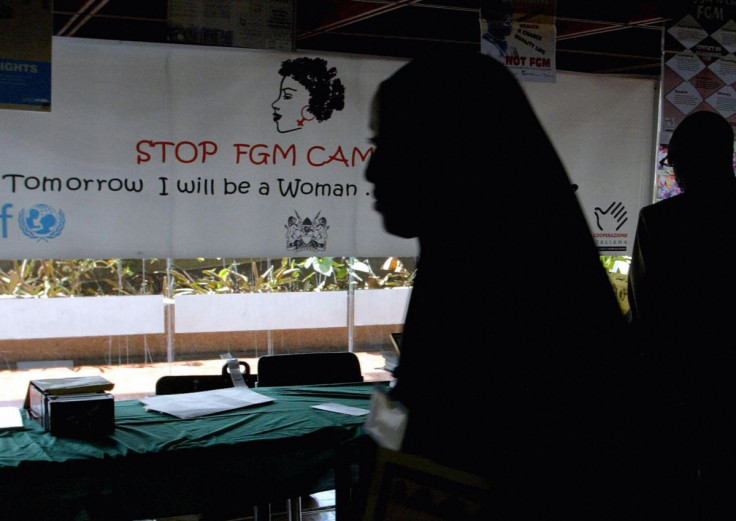International Day of Zero Tolerance to Female Genital Mutilation: Facts and figures on FGM

At least 200 million women and girls alive today have undergone female genital mutilation, with half of them living in Indonesia, Egypt and Ethiopia. The latest figures, provided by Unicef, show nearly 70 million more girls than previously thought have been subjected to ritual cutting. On the International Day of Zero Tolerance for FGM, we look at the facts and figures surrounding the practice.
What is FGM?
FGM comprises all procedures that involve the partial or total removal or the external female genitalia, or injury to the female genital organs for non-medical reasons. It is recognised internationally as a violation of the human rights of girls and women.
The practice reflects deep-rooted inequality between the sexes and constitutes an extreme form of discrimination against women and girls. It violates their rights to health, security, physical integrity, their right to live a life free from torture and cruel and inhumane treatment and their right to life when the procedures results in death.
According to the World Health Organization, the practice is mostly carried out by traditional circumcisers, who often play other central roles in communities, such as attending childbirths. However, more than 18% of all FGM is performed by healthcare providers – and the trend towards medicalisation is increasing.
Why is FGM carried out?
FGM has no health benefits, causing only harm and distress to victims. The procedure takes place for a variety of cultural, social and religious beliefs, which include family honour and ensuring a girl is marriageable. Other reasons are: social acceptance, preservation of virginity, chastity, custom and hygiene. In some cases, it is wrongly believed FGM will enhance fertility and make childbirth safer.
What are the health risks?
Immediate dangers include shock, severe pain, haemorrhage, tetanus, infection, urine retention, open sores and damage to other organs such as the anus, urethra and the bladder. There is a high risk of infection or blood poisoning from unsterilised instruments, as well as HIV transmission.
Long-term consequences can include: recurrent bladder and urinary tract infections, cysts, infertility, an increased risk of childbirth complications and newborn deaths and the need for surgeries later in life.
Female genital mutilation
FGM is mostly carried out on young girls sometime between infancy and 15.
The practice is most common in the western, eastern and north-eastern regions of Africa, in some countries in Asia and the Middle East and in migrant communities from these areas.
23,000 girls under 15 could be at risk of FGM in England and Wales.
Nearly 60,000 women could be living with the consequences of FGM in England and Wales.
© Copyright IBTimes 2025. All rights reserved.






















